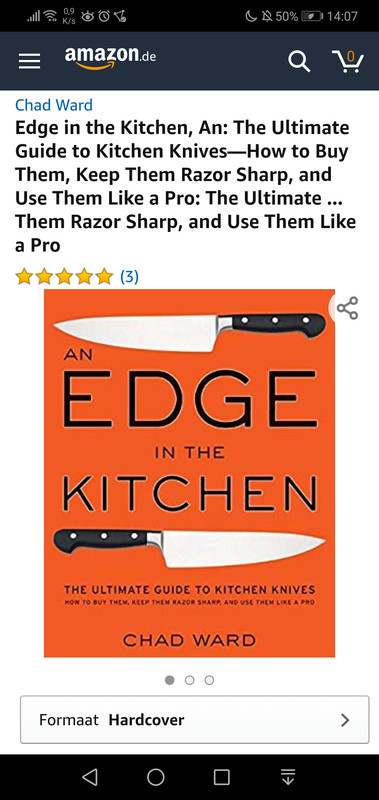Kirk.S
Member
I recently bought a knife that's better than my skill level: A 240mm Tanaka Ginsan Nashiji. I've used it quite a bit these past couple weeks and have enjoyed it, though there's a little bit of a learning curve. And I've showed it off to some friends, who like the look, but wonder about what makes it special. I found that I can list off the specs, but I don't really understand why this knife is good, and why I saw it recommended so much in these forums. Can anyone help?





